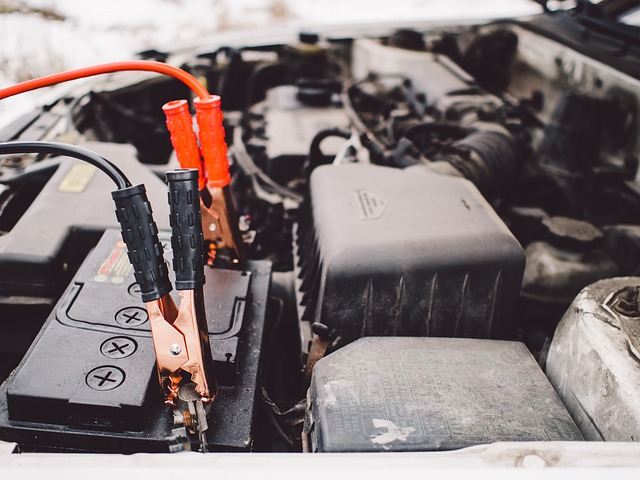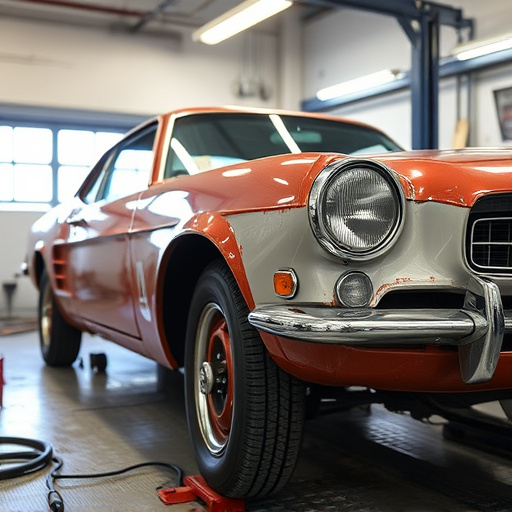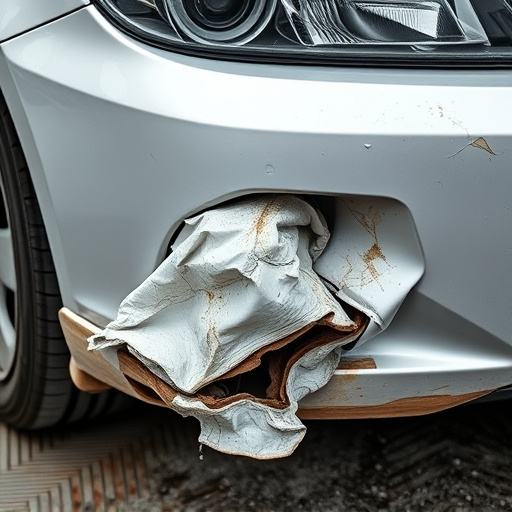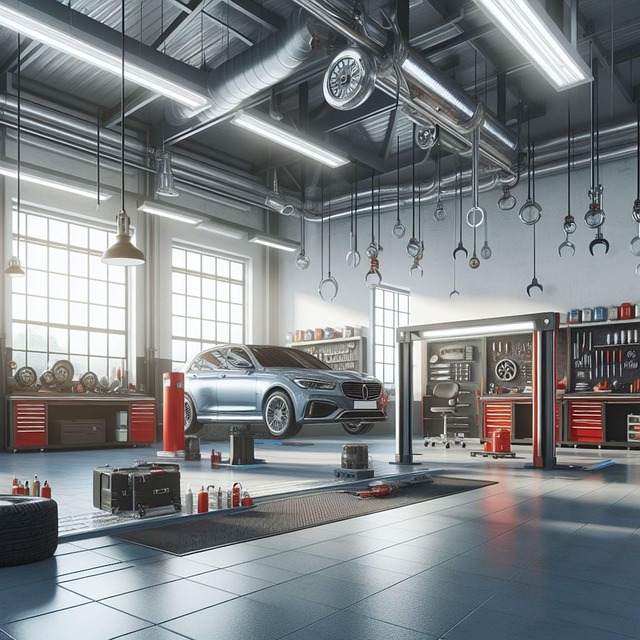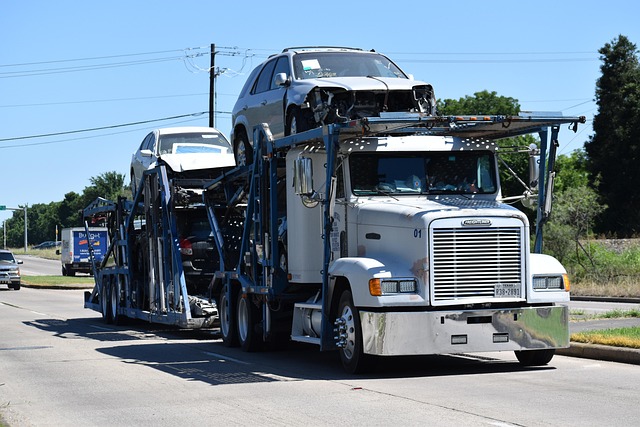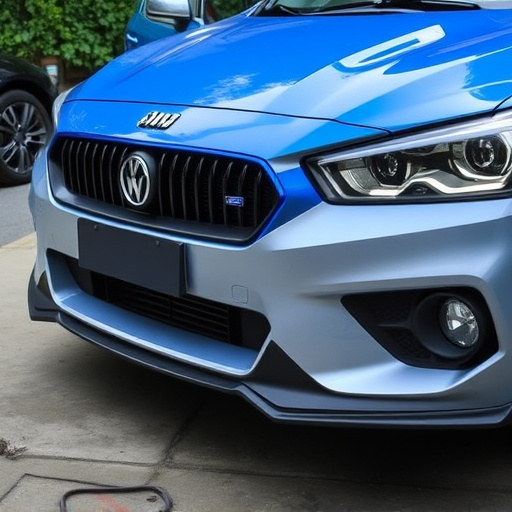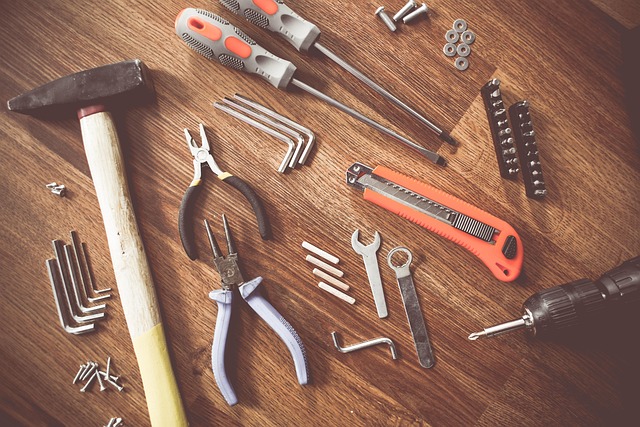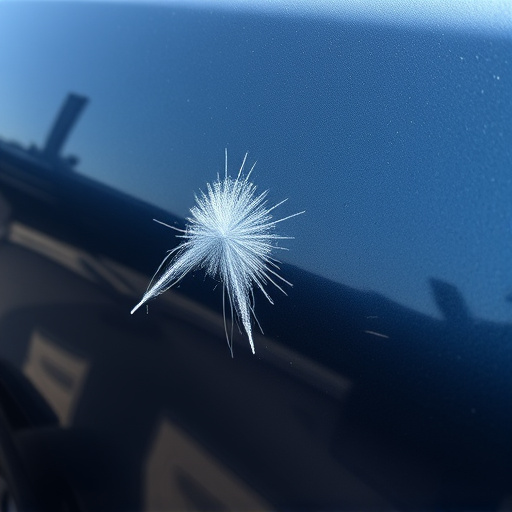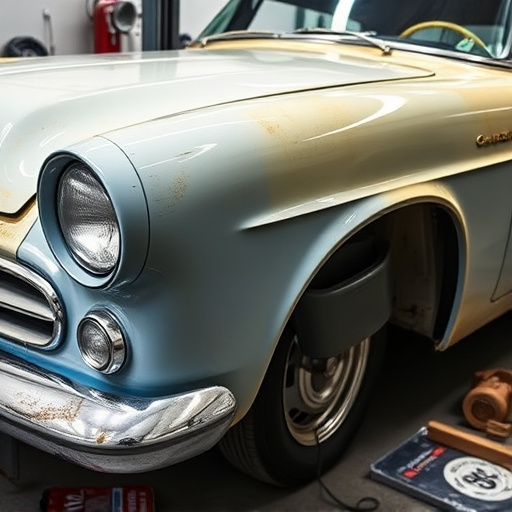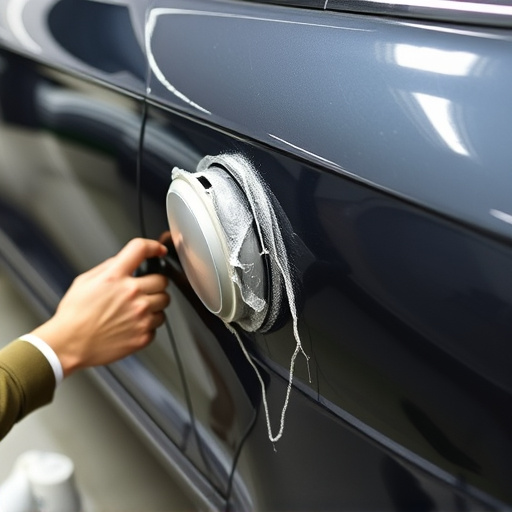Post-installation tempered glass inspection involves a meticulous visual assessment for surface defects, edge quality check for smooth edges free from chips or cracks, and performance testing including impact resistance and pressure tests to ensure structural integrity and safety standards in applications like classic car restorations and collision damage repair. Tempered glass installations require these checks to prevent catastrophic failure and maintain stringent safety regulations.
Post-installation tempered glass inspection is a critical step in ensuring safety, strength, and compliance with standards. This comprehensive guide delves into the key elements of evaluating post-installed tempered glass, focusing on visual assessment for surface defects and delams, edge quality checks to maintain structural integrity, and performance testing to verify resistance against impact and pressure. By adhering to these essential practices, you can guarantee the superior quality and longevity of your tempered glass installations.
- Visual Inspection: Assessing Surface Defects and Delams
- Edge Quality Check: Ensuring Strength and Safety
- Performance Testing: Verifying Resistance and Compliance Standards
Visual Inspection: Assessing Surface Defects and Delams
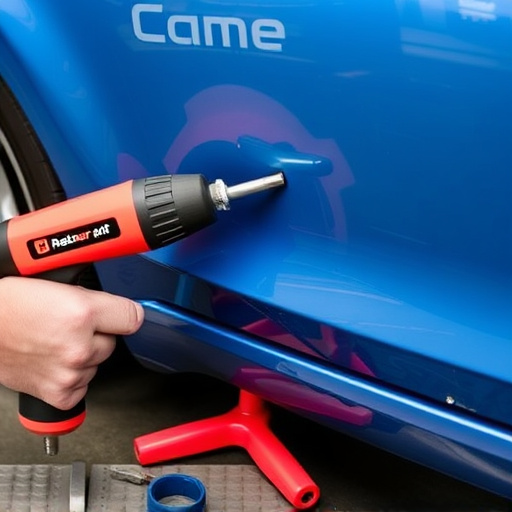
During the post-installation tempered glass inspection, a thorough visual examination is crucial to identify and assess any surface defects or delams that may have gone unnoticed during the initial fitting process. Defects like cracks, chips, streaks, spots, or uneven surfaces can compromise the structural integrity of the glass, leading to potential safety hazards especially in high-traffic areas or vehicles.
Inspectors should pay close attention to both visible and hidden imperfections. For example, when examining car windows, consider the impact of weather conditions such as stone chipping from road debris or UV damage over time, which are common issues in classic car restoration projects. Additionally, checking for delaminated layers within the tempered glass is essential, as this can indicate a failure in the tempering process, requiring immediate replacement to ensure proper auto maintenance and safety standards during vehicle paint repair.
Edge Quality Check: Ensuring Strength and Safety
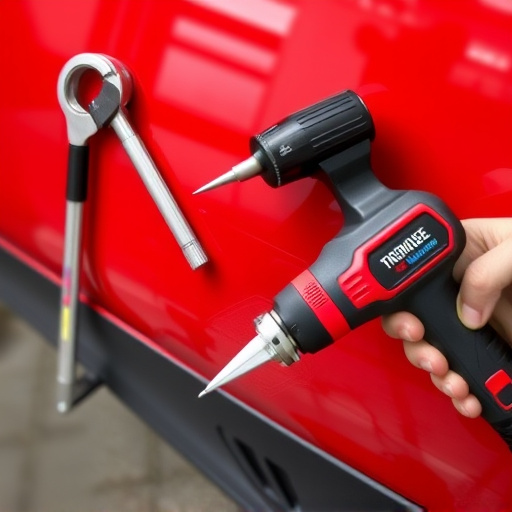
The edge quality check is a critical aspect of post-installation tempered glass inspection, as it directly impacts both structural integrity and safety. During this step, meticulous examination ensures that the edges of the glass are smooth, free from chips or cracks, and evenly ground for optimal performance. In the context of tempered glass installation, whether it’s for car body restoration or luxury vehicle repair, achieving flawless edge quality is paramount. It not only enhances visual appeal but also guarantees the glass can withstand stress and pressure, preventing catastrophic failure in case of impact.
In the event of collision damage repair, where vehicles undergo significant structural changes, a thorough edge quality check becomes even more vital. This meticulous process ensures that every panel, from side mirrors to windshields, meets stringent safety standards. By upholding these rigorous checks, technicians can guarantee that restored vehicles, including those with intricate designs and advanced features, operate safely on the road, providing peace of mind for both repair shops and car owners alike.
Performance Testing: Verifying Resistance and Compliance Standards
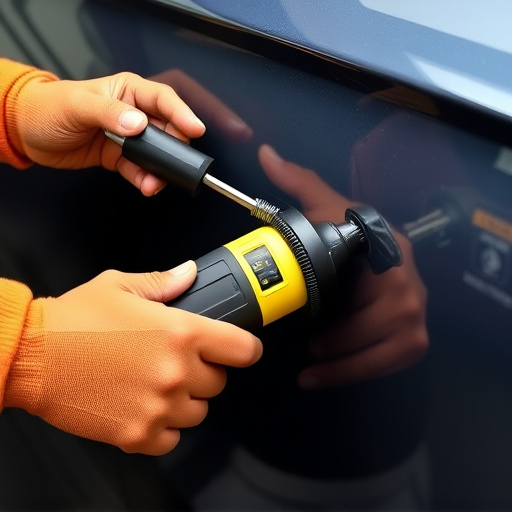
After a tempered glass installation, performance testing is a crucial step to ensure the glass meets the required resistance and compliance standards. This involves subjecting the glass to various physical stresses to simulate real-world conditions and verify its structural integrity. Experts conduct tests such as impact resistance assessments, where a measured force is applied to determine the glass’s ability to withstand impact without shattering. Additionally, pressure testing checks for any potential weaknesses or points of failure under high pressure scenarios.
The goal of these tests is not only to confirm that the tempered glass installation meets safety regulations but also to guarantee its long-term performance and durability. Just as car paint services require meticulous attention to detail, ensuring the highest quality finish, so does tempered glass installation demand rigorous testing to prevent any potential hazards and maintain compliance standards, especially in auto repair services where precision is key.
Post-installation tempered glass inspection is a vital step in ensuring the safety, strength, and compliance of your tempered glass. By thoroughly checking surface defects, edge quality, and performing resistance tests, you can verify that the glass meets high-quality standards and provides optimal protection. These key elements are essential for any tempered glass installation, safeguarding both structures and occupants alike.

